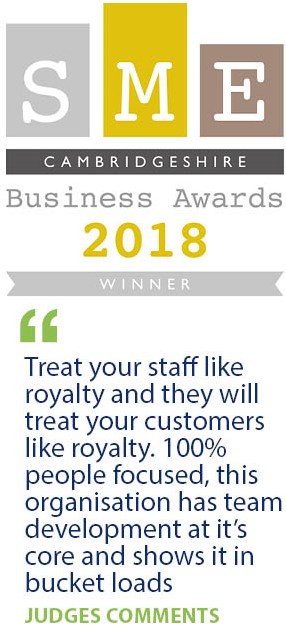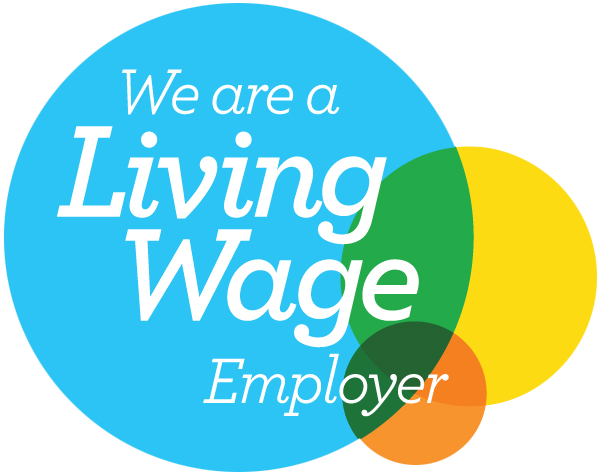
Here we give our highlights of the session and outline our recommended approach to develop a total reward strategy that will attract potential candidates and retain existing employees.
With vacancies at a record high, and recruitment and retention challenges persisting, the current environment provides a real catalyst for analysing what total reward means in your organisation.
In this session, Paydata's Senior Reward Consultant, guides you through the elements to consider when developing a total reward strategy capable of tackling current challenges, whilst meeting your organisation's business strategy.
The ‘Great Resignation’ has been talked about widely in the wake of the pandemic. Lockdown forced people to think about what they value and what they want from their job. High numbers of people are leaving, or considering it, as a result – so the value employees receive at work, from financial to non-financial and lifestyle benefits such as flexible working, should be carefully factored into communication plans, both internally and externally.
In times where base pay is facing external market pressures and employees are looking at the sum of the benefits they derive from work, the concept of total reward can provide crucial support in delivering business and HR strategies.
A clear reward strategy provides an objective reference to develop reward policies, processes and practices. A strong overall strategy to reward can also bring organisational values to life, making it clear what the business stands for.
Within our recommended framework, we advise covering the following areas:
Our research encompasses internal and external factors. Internal elements cover existing business and HR strategies, culture and values, key business drivers, views of stakeholders and current policies and processes. The external research considers competitor, market information and trends and takes into account the type of talent the organisation is trying to attract and retain. We examine the economic and political context alongside legislation and regulation to inform our recommended approach.
The analysis of the research will be examined through the lens of the organisation’s short and long-term priorities, the organisation’s values, the type of talent to successfully deliver the strategy and who the organisation is competing with for talent. Wider market and economic conditions and what employees, and future employees, want will be used to guide the analysis.
Evidence-based choices
We can help you identify the best reward choices that suit your business’ requirements, based on our findings from the discovery phase. Often, we find that customers are keen to get on and implement their ideas, but the discovery and design phases are critical to ensure that your approach is evidence-based and fit for purpose. This will determine whether your total reward strategy is built for the long-term.
Pay structures
When it comes to defining the financial rewards, there are a number of pay structure choices available and different methodologies that underpin these systems. Some structures will lend themselves better to performance related pay or managing job sizes, while others will be a straightforward series of pay points depending on management-capability. We can help if you are considering carrying out a job evaluation to organise roles and set up a framework on which pay can be objectively set.
Businesses will also choose between setting pay ranges or spot rates for each grade and each grading structure. External pay pressure can influence the structure chosen. All of this evidence collated in the discovery phase will be factored into the design, demonstrating the importance of following the tried and tested process to strengthen your long-term approach to reward.
Market conditions
Companies need to understand the market context around pay to help them make these decisions – understanding where the employees are typically recruited from and where they go when they leave the organisation. This again goes back to the discovery phase to identify competitors, potentially in multiple markets. This helps you access the right data to benchmark yourself against.
Organisations need to make the strategic decision as to whether a higher market position increases the pool of people attracted by the offer and decreases the pool of organisations that can match the offer. This has to be carefully balanced against the question of affordability. From a recruitment and retention perspective, it certainly helps these challenges, but it does not guarantee that you access the right talent. Arguably, the recruitment process itself will be more indicative of how well you attract top performers and the right skills, so many opt to benchmark against the median pay levels in the market to remain competitive.
Pay progression
Pay progression will also be a key feature of your total reward strategy for existing and prospective candidates. This can be based on performance, values and behaviours or skills. A robust performance management system is required to uphold performance-related pay. Variable pay will not be offered by every organisation, but again, bonus or commission schemes must be carefully designed to drive engagement. There are arguably more effective ways to drive engagement, so it is advisable to be cautious about how they will operate as part of the wider reward strategy and the objectives you are hoping to achieve by pursuing these schemes.
The value of benefits
The business case for benefits is the effect they have on attraction and retention. The employee value proposition should directly relate the organisational values to the reward package – and the importance of making employees feel valued. Flexible benefits schemes are increasingly popular. Involving employees and communicating the range of benefits on offer is critical to drive take-up and the return on investment by companies. Sense of choice in flexible benefits is highly valued by employees, but by asking them, you can truly identify what they derive the most value from and direct investment from the outset.
Growth
Aside from financial benefits, recruitment and retention can also be bolstered by learning and development opportunities offered by a business. Providing employees with opportunities to learn, develop and grow makes them feel valued. These can be informal ‘learning by osmosis’ opportunities to defined internal programmes, but they are a key consideration when defining your total reward strategy. Involve L&D specialists to maximise the opportunity of offering skills to your people that are intrinsically motivating. This upskilling not only motivates but can drive the performance of the whole organisation.
Environment
To make your total reward offering compelling, your environment is the best opportunity to highlight what makes your organisation unique. Leadership style and purpose are hard to replicate. When looking to differentiate, the approach to your environment is where you can make your organisation stand out. Leadership is something looked for – visible leaders who listen to employees are again highly valued.
During the pandemic, those who showed empathy and compassion fared the best in terms of employee turnover. A clear sense of purpose also unites and attracts employees, so communicating this clearly can foster a sense of belonging and a thriving culture. By aligning people’s strengths, interests and passions with their role and opportunities across the business can be intrinsically motivating. In addition, recognition schemes are important to make people feel valued and appreciated. Managers that are empowered and equipped to align teams to the mission of the organisation and highlight how they are doing well can transform a working environment.
Change management is crucial to the success of your total reward strategy. The implementation stage involves facilitating huge change across the business which has to be carefully managed. Creating a detailed project plan enables teams to identify how to maximise communication and involvement and overcome the average 60-70 per cent failure rate of organisational change projects. By identifying potential issues, you can manage expectations and produce answers to frequently asked questions so that you are prepared across the business for the rollout.
Any legal implications that might be inherent in employee contracts need to be considered ahead of the process being started and training needs must be addressed as part of the plan. If you are implementing a new way of setting pay or designing a new bonus scheme, people need to be able to understand how it works and all line managers need to be equipped with the tools to underpin a successful launch of all elements involved.
Regular evaluation is required to make sure the total reward strategy is working effectively. It should be meeting the needs of all stakeholders and taking into account feedback across the organisation to remain fit for purpose. The system will also need to account for regular reviews of market data to ensure that the pay structure remains aligned to the market.
A total reward strategy has many different elements so regular evaluation is needed. Measuring metrics such as time to fill each vacancy, the cost of hire per vacancy, quality of applicants per vacancy, retention and turnover rate, employee engagement, organisational performance in addition to wider staff surveys to monitor the success of the reward package is an important part of the process. The more embedded systems become, the harder it is to change so remain agile and identify how to address this as quickly as possible. Market data needs to be constantly factored in to ensure the approach remains competitive.
Watch the full recording of our webinar to hear more details about each stage of designing an effective total reward strategy. Contact us to talk through how we can support you at any point in your journey to define your total reward strategy. We can help from the discovery phase to implementation and the review phase – it is never too late to check your approach and that you’re following best practice. With over a decade of reward experience, we’ll offer insights that will strengthen your business.

Reward Consultant
Joe is a reward specialist who is passionate about working with customers to ensure they have effective reward management practices in place to help a...
Sign up for briefings on pay benchmarking, salary surveys, reward strategy and statistical updates.
sign up for updates
© Paydata Ltd 2025 All rights reserved.
Registered in England no: 3632206
VAT no: 728 0808 28
Paydata Ltd, 24 Commerce Road, Lynch Wood, Peterborough, Cambridgeshire, PE2 6LR

